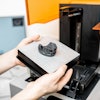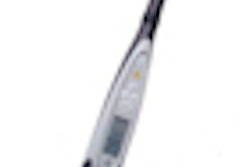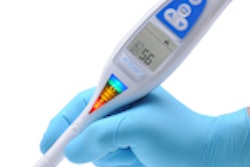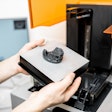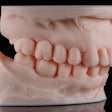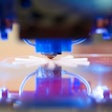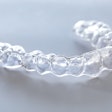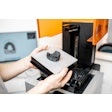The Diagnodent pen can be used as an auxiliary method for detecting secondary approximal caries associated with composite restorations, according to a study in Operative Dentistry (September-October 2010, Vol. 35:5, pp. 564-571).
Researchers from the University of Bern compared the ability of the Diagnodent pen laser fluorescence device with visual examination, bitewing radiographs, and visual examination combined with bitewing radiographs to detect secondary approximal caries associated with composite restorations.
In total, 60 approximal surfaces from 43 permanent molars with composite restorations were assessed twice by two examiners using all four methods. After histological preparation and hardness measurements, the sample was assigned to either a crown or root caries group, depending on the location of the lesions.
For crown caries at D1, the highest values of specificity and sensitivity were observed for the Diagnodent pen at a cutoff value of 18 (1.00) and for the visual exam/bitewing combination (0.89). At D3 (cutoff of 30), the Diagnodent pen showed the highest values of sensitivity and specificity. For root caries, the Diagnodent pen and visual exam/bitewing group showed the highest values of specificity (0.54), sensitivity (0.81), and accuracy (0.69).
The Diagnodent pen exhibited a performance comparable to that of conventional methods but with higher interexaminer reproducibility, the researchers concluded.
Copyright © 2010 DrBicuspid.com



